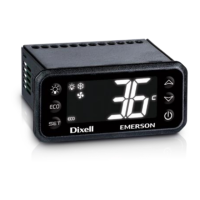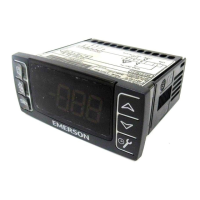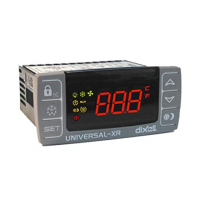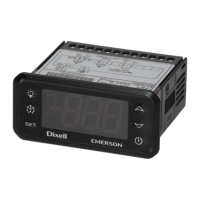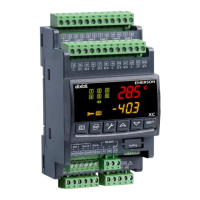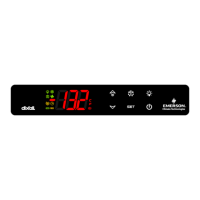User Manual Appendix D
GFK-1742F Jan 2020
Tuning Digital and Analog Servo Systems 437
Method #2:
In some applications, method #1 introduces too large a shock to the device under control.
In these cases, another method to generate a velocity command is needed. The method
requires that the user set the position loop to an open loop configuration. The position loop
is set to open loop by setting the Position Loop Time Constant to zero and the Velocity
Feedforward Gain to 100 percent. You can then use the Move at Velocity Command or a
motion program to generate velocity commands to the servo drive.
1.
The following procedure tunes the velocity regulator. It is suggested that initially,
this be done with the motor NOT connected to the driven load. The tuning
associated with the load will be performed in a later step. The first parameter that
needs to be adjusted is the Velocity Loop Proportional Gain. The velocity loop
proportional gain is multiplied by velocity error (velocity command - velocity
feedback) to generate the portion of the torque command due to the proportional
term. The proportional term should be set low to begin the process. Depending on
the bandwidth of the controlled servo amplifier, the default value of 1500 may
represent a good starting point. However, if the servo amplifier has a low bandwidth
or is very sensitive to changes in the torque command the initial value may need to
be set lower. The tuning procedure will allow the user to iterate to get the final value.
Thus, if there is any concern start with a very low value (100 for example)
2.
Choose the method to introduce velocity command to the velocity loop. Method #1
and Method #2 (above) are examples of methods to perform this task.
3.
Connect an oscilloscope to the analog outputs for Motor Velocity from the servo
amplifier.
4.
Per the earlier discussion, set the initial velocity loop proportional gain value.
5.
Generate a velocity command step change. At this point the step change should be
relatively small compared to the full speed of the machine. Ten to 20 % of the rated
machine speed is a good start.
6.
Observe the Motor Velocity on the oscilloscope. The objective is to obtain a critically
damped velocity loop response. There will most likely be a steady state error in the
velocity at this point. This is expected at this point in the tuning process. The velocity
integral term will be introduced in steps that follow to cancel this error. Pay
particular attention to the 1st peak that occurs and any oscillations that are
occurring in the velocity signal.
7.
Increase the Velocity Loop Proportional Gain in small steps and repeat 5 and 6 until
the desired response is achieved. Depending on the application this may be a
critically damped system or may have a slight overshoot. As a general rule, the lower
the Velocity Loop Proportional Gain value that meets the system requirements the
more robust the control. The user should carefully observe the velocity feedback
signal. In some applications, running the Velocity Loop Gain high enough to create
instability can cause machine damage. If oscillations are observed in the Motor
Velocity feedback signal prior to this point, decrease the Velocity Loop Proportional
Gain.

